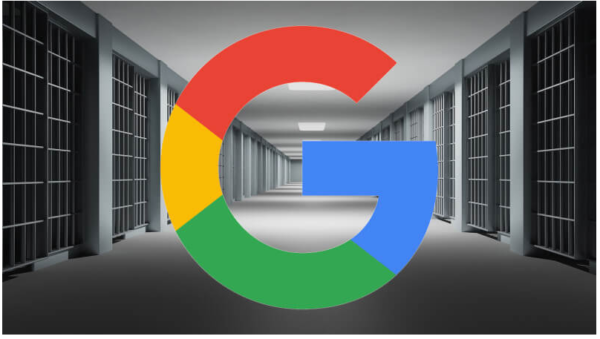In a nutshell, on-page SEO is the practice of optimizing web pages so they’ll rank higher in the search engines. Its primary goal is simple: increase organic traffic to your website. For many, no on-page SEO guide is ever complete without covering the importance of boosting page speed.
Page speed has been a ranking factor for many years now. What started as a metric to gauge how quickly a person sees content they’ve requested has evolved into one of the critical indicators of a site’s overall user experience.

Page Speed: Why it Matters
While often overlooked, page speed is considered one of the most important factors affecting customer attention, retention, and conversion. Not convinced? Let’s examine some relevant statistics:
- At least 47% of customers expect a webpage to load in 2 seconds (or less)
- One out of five online shoppers abandon their cart when the transaction process is too slow
- A whopping 79% of customers who are dissatisfied with a site’s performance are less likely to buy from the site again
- Amazon calculated that a webpage slowdown of one second can cost them $1.6 billion in revenue annually
Page speed is also crucial for search engine optimization (SEO). In 2017, Google announced they are giving page speed more consideration by including mobile site speed when ranking sites on its “mobile-first” pages.
The search engine giant is also experimenting with an Accelerated Mobile Pages Project (AMP), a project that aims to make pages load faster on mobile devices. This 2020, Google highlighted the significance of user experience by introducing Page Experience to its ranking signals.
Better User Experience
There are several benefits to optimizing a page’s speed and one of the most important is improving user experience. When users click on a site that takes forever to load, their patience can wear thin, and they’ll eventually look for another site that answers their needs.
When a visitor clicks on the “back” button and leaves a site, it’s called a bounce. When the bounce rate is high, it means people don’t spend much time on your website. The shorter people stay on your site, the less likely they will convert.
In essence, a well-optimized page can lower bounce rate, as few visitors will leave the site out of frustration or impatience. As dramatic as it may seem, most people have breaking points when it comes to waiting for a website to load.
According to Google, most online visitors’ patience breaks at around 2 seconds. They also encourage websites to aim for a page load speed that’s under a half-second. Even 250 milliseconds can make a difference between users staying or leaving.
A report from Kissmetrics revealed that 47% of people expect a loading time of 2 seconds or less, and at least 40% will leave a website if its loading time takes more than 3 seconds. This can also mean that sites that load within 2 seconds can keep those 40%.
When people stay longer on your site, they’re likely to engage more, interact more, and also view more pages.
Increased Rankings
Increased page speed also translates to an increase in the number of pages Google can crawl and index. The more pages indexed by Google, the higher the chance for the individual page to rank.
For affordable SEO or more helpful information and advice with online marketing or general online tips please get in touch.
How it works is Google has a set bandwidth for how much they’ll crawl a site in correlation with the page speed. Longer load time can significantly reduce said bandwidth and at the same time, decrease the number of pages Google can crawl.
Conclusion
The importance of increasing page speed cannot be overstated. If you don’t know how to optimize your page’s speed, consider getting the help of a professional. Investing in the right support can help ensure you can keep up with the competition, if not get ahead of the pack.

Leave a Reply
You must be logged in to post a comment.